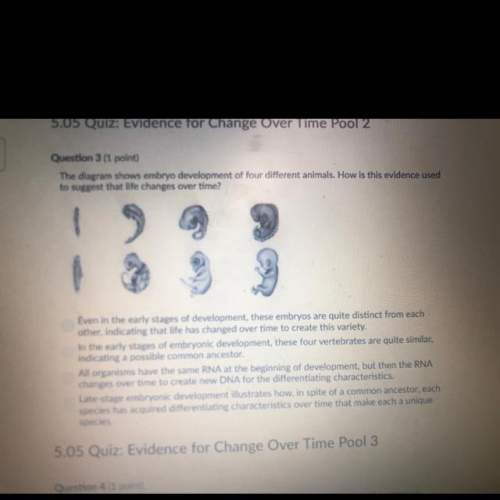ESTIMATING PERIMETER AND AREA You build a patio with
a brick border. (See Exploration 1, p. 37...

Mathematics, 27.02.2020 02:56, ashtonviceoxd21i
ESTIMATING PERIMETER AND AREA You build a patio with
a brick border. (See Exploration 1, p. 375.)
7. Estimate the perimeter of the patio.
8. Estimate the area of the patio.

Answers: 1
Other questions on the subject: Mathematics

Mathematics, 21.06.2019 18:20, acharity196
Do social recommendations increase ad effectiveness? a study of online video viewers compared viewers who arrived at an advertising video for a particular brand by following a social media recommendation link to viewers who arrived at the same video by web browsing. data were collected on whether the viewer could correctly recall the brand being advertised after seeing the video. the results are given below. correctly recalled the brandarrival 409153browsing20484b. conduct the hypothesis test, using the 0.025 level of significance. what is the value of the test statistic? χ2stat=what is the p-value? p-value=is this value significant atα=0.025?
Answers: 2

Mathematics, 21.06.2019 19:50, dalejacksoniip5yf4y
Which of the following describes the graph of y--4x-36 compared to the parent square root function? stretched by a factor of 2, reflected over the x-axis, and translated 9 units right stretched by a factor of 2, reflected over the x-axis, and translated 9 units left stretched by a factor of 2, reflected over the y-axis, and translated 9 units right stretched by a factor of 2, reflected over the y-axis, and translated 9 units left save and exit next submit
Answers: 1

Mathematics, 21.06.2019 21:30, gonzalezashley152
In a test for esp (extrasensory perception), the experimenter looks at cards that are hidden from the subject. each card contains either a star, a circle, a wave, a cross or a square.(five shapes) as the experimenter looks at each of 20 cards in turn, the subject names the shape on the card. when the esp study described above discovers a subject whose performance appears to be better than guessing, the study continues at greater length. the experimenter looks at many cards bearing one of five shapes (star, square, circle, wave, and cross) in an order determined by random numbers. the subject cannot see the experimenter as he looks at each card in turn, in order to avoid any possible nonverbal clues. the answers of a subject who does not have esp should be independent observations, each with probability 1/5 of success. we record 1000 attempts. which of the following assumptions must be met in order to solve this problem? it's reasonable to assume normality 0.8(1000), 0.2(1000)%30 approximately normal 0.8(1000), 0.2(1000)% 10 approximately normal srs it is reasonable to assume the total number of cards is over 10,000 it is reasonable to assume the total number of cards is over 1000
Answers: 1
Do you know the correct answer?
Questions in other subjects:

Mathematics, 13.04.2021 17:00

History, 13.04.2021 17:00

Mathematics, 13.04.2021 17:00

Mathematics, 13.04.2021 17:00

Social Studies, 13.04.2021 17:00



Mathematics, 13.04.2021 17:00


Mathematics, 13.04.2021 17:00







